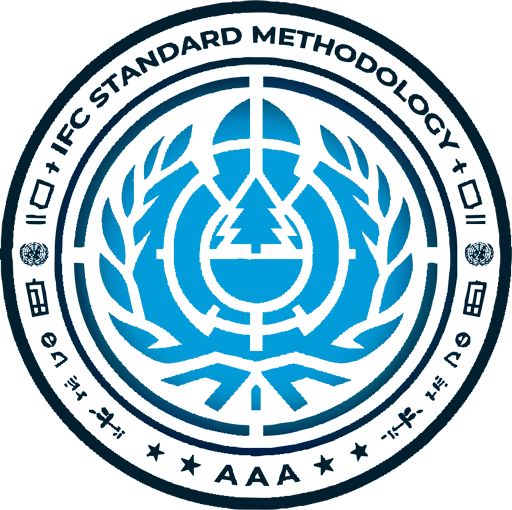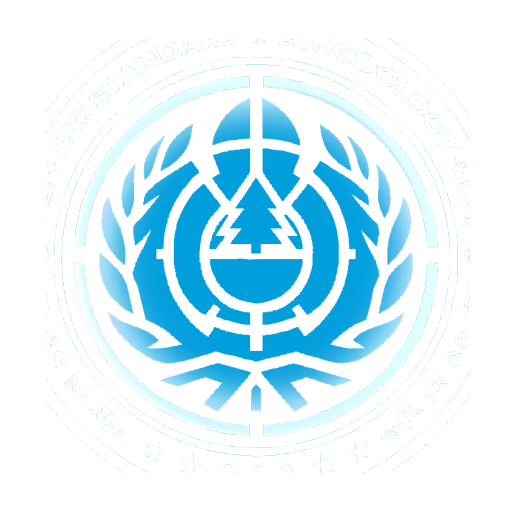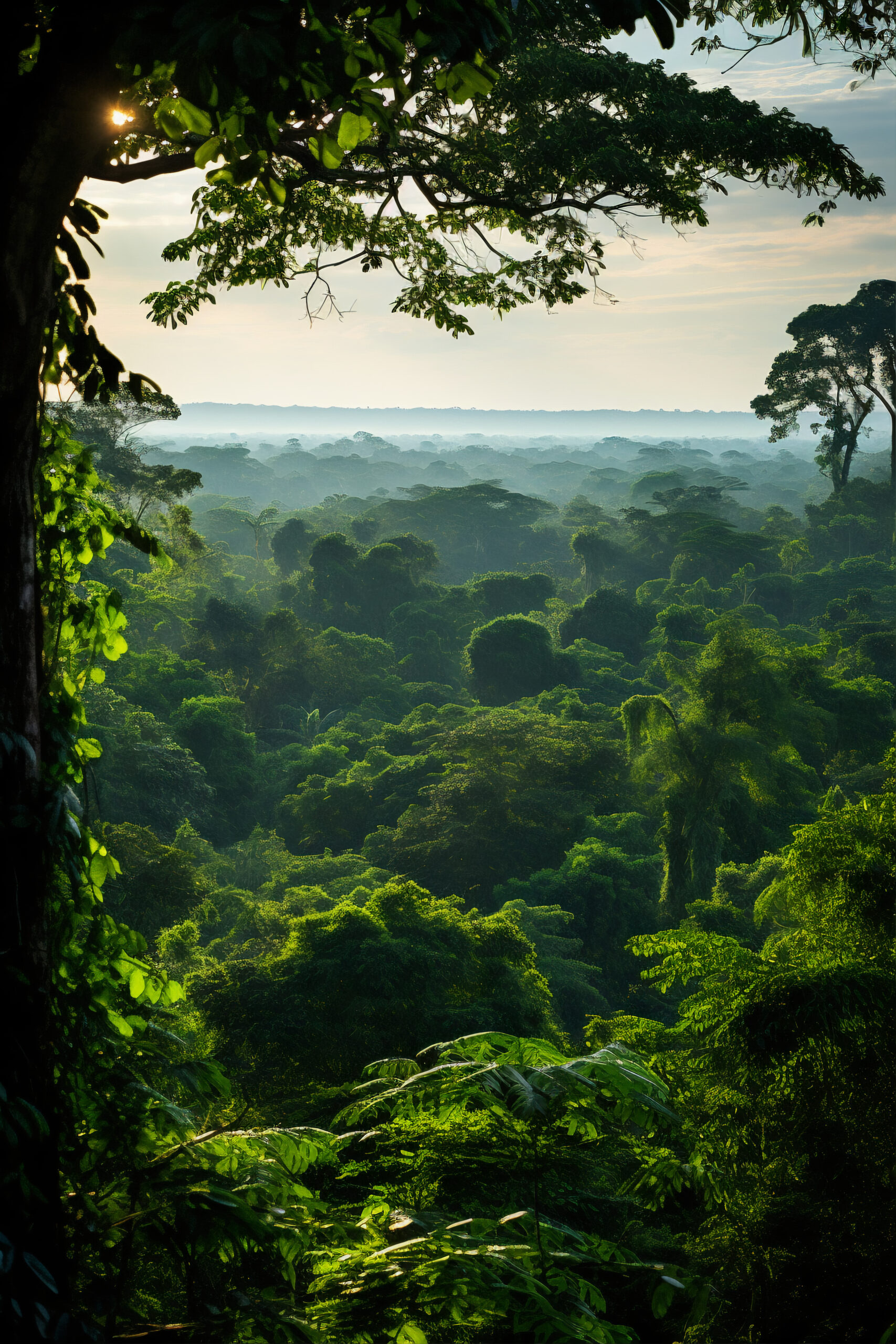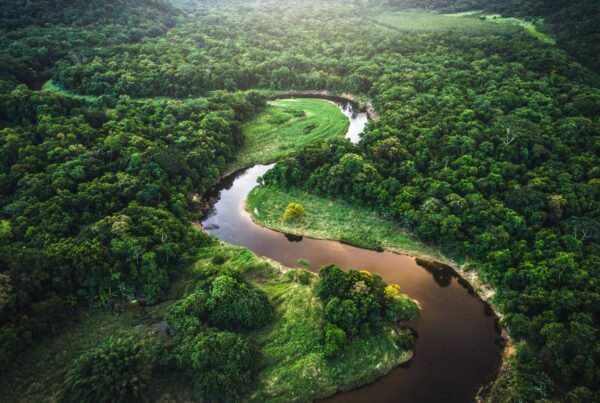The UN Sustainable Development Goals (SDGs) are a set of 17 global goals that aim to end poverty, protect the planet, and ensure peace and prosperity for all by 2030. Achieving these goals requires the collective action of governments, civil society, and the private sector.
The private sector plays a key role in mobilizing resources, creating jobs, delivering goods and services, and driving innovation for sustainable solutions. However, the private sector also faces environmental, social, and governance (ESG) risks and impacts that can affect its performance, reputation, and contribution to the SDGs.
That is why the IFC Standard, a voluntary framework for measuring and reporting the carbon footprint of forest conservation projects, is designed to align with the SDGs and help the private sector manage its ESG risks and opportunities.
The IFC Standard is based on the principles of additionality, permanence, leakage, and transparency, and uses a rigorous methodology to quantify the emission reductions and removals from forest conservation activities. The IFC Standard also incorporates social and environmental safeguards, such as respecting the rights and interests of local communities, protecting biodiversity and ecosystem services, and ensuring stakeholder participation and independent verification.
By applying the IFC Standard, forest conservation projects can demonstrate their positive impact on climate change mitigation and adaptation, as well as on other SDGs, such as:
– SDG 1: No Poverty – Forest conservation projects can generate income and livelihood opportunities for local people, especially indigenous and forest-dependent communities, through benefit-sharing mechanisms, employment, and capacity building.
– SDG 2: Zero Hunger – Forest conservation projects can enhance food security and nutrition by preserving the natural resources and ecosystem services that support agricultural production, such as soil fertility, water quality, and pollination.
– SDG 3: Good Health and Well-Being – Forest conservation projects can improve public health and well-being by reducing air pollution, preventing the spread of infectious diseases, and providing access to medicinal plants and clean water.
– SDG 4: Quality Education – Forest conservation projects can promote quality education and lifelong learning by supporting environmental education, awareness raising, and knowledge exchange among stakeholders, as well as by fostering cultural diversity and intergenerational learning.
– SDG 5: Gender Equality – Forest conservation projects can advance gender equality and women’s empowerment by ensuring equal participation and representation of women in decision making, management, and benefit sharing, as well as by addressing the specific needs and priorities of women in forest conservation activities.
– SDG 6: Clean Water and Sanitation – Forest conservation projects can contribute to clean water and sanitation by protecting and restoring the hydrological functions of forests, such as water regulation, filtration, and storage, and by preventing soil erosion and sedimentation.
– SDG 7: Affordable and Clean Energy – Forest conservation projects can provide access to affordable and clean energy by reducing the demand for fuelwood and charcoal, and by promoting the use of renewable energy sources, such as solar, wind, and biogas.
– SDG 8: Decent Work and Economic Growth – Forest conservation projects can foster decent work and economic growth by creating green jobs, enhancing productivity and competitiveness, and stimulating innovation and entrepreneurship in the forest sector.
– SDG 9: Industry, Innovation and Infrastructure – Forest conservation projects can support industry, innovation and infrastructure by developing and applying new technologies, practices, and standards for forest conservation, monitoring, and reporting, and by improving the infrastructure and connectivity of forest areas.
– SDG 10: Reduced Inequalities – Forest conservation projects can reduce inequalities by empowering marginalized and vulnerable groups, such as indigenous peoples, women, youth, and persons with disabilities, and by ensuring fair and equitable distribution of benefits and costs among stakeholders.
– SDG 11: Sustainable Cities and Communities – Forest conservation projects can make cities and communities more sustainable by enhancing the urban-rural linkages, providing ecosystem services and green spaces, and reducing the risks and impacts of natural disasters, such as floods, landslides, and fires.
– SDG 12: Responsible Consumption and Production – Forest conservation projects can promote responsible consumption and production by encouraging the efficient use and management of natural resources, reducing waste and emissions, and increasing the supply and demand of sustainably produced forest products and services.
– SDG 13: Climate Action – Forest conservation projects can take urgent action to combat climate change and its impacts by reducing greenhouse gas emissions and enhancing carbon sinks from forest conservation activities, as well as by increasing the resilience and adaptive capacity of forests and forest-dependent communities to climate change.
– SDG 14: Life Below Water – Forest conservation projects can conserve and sustainably use the oceans, seas and marine resources by protecting and restoring the coastal and riparian forests that provide habitat, food, and protection for marine life, and by preventing and reducing the pollution and acidification of water bodies from land-based sources.
– SDG 15: Life on Land – Forest conservation projects can protect, restore and promote the sustainable use of terrestrial ecosystems, biodiversity and natural resources by conserving and enhancing the forest cover, quality, and diversity, and by combating deforestation, degradation, and desertification.
– SDG 16: Peace, Justice and Strong Institutions – Forest conservation projects can promote peace, justice and strong institutions by strengthening the legal and institutional frameworks, governance and accountability mechanisms, and conflict resolution and cooperation processes for forest conservation, and by respecting and protecting the human rights, land rights, and tenure rights of forest stakeholders.
– SDG 17: Partnerships for the Goals – Forest conservation projects can revitalize the global partnership for sustainable development by mobilizing and sharing the financial, technical, and human resources, knowledge, and expertise for forest conservation, and by fostering multi-stakeholder collaboration and coordination at local, national, regional, and international levels.
The IFC Standard is a powerful tool for the private sector to demonstrate its commitment and contribution to the SDGs, as well as to access new markets, investors, and customers that value sustainability and impact. By applying the IFC Standard, forest conservation projects can not only reduce their carbon footprint, but also enhance their social and environmental footprint, and ultimately, their development footprint.







